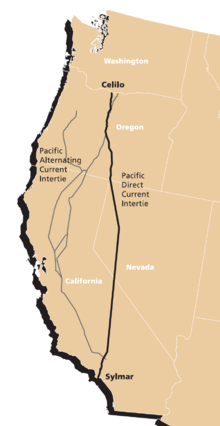That is my point - that if we can build energy infrastructure in the desert instead of near people, then people won't be as adversely affected.Yeah, nobody lives there. Nobody is going to have dangerous fracking chemicals near where their kids go to school. No one has to worry about earthquakes. No one has to worry about their water supply getting poisoned.lol,
a DESERT IS A FUCKING WASTE LAND. Most of the desert solar is built on isn't useable.
I've come to the conclusion that both parties in this country are full of people that are truly sick in the head.
It is? You need to get out more, sport! Here's what you want to destroy. Yes, dry lake beds are featureless. But the rest of the desert is beautiful and THIS is what they want to cover up.
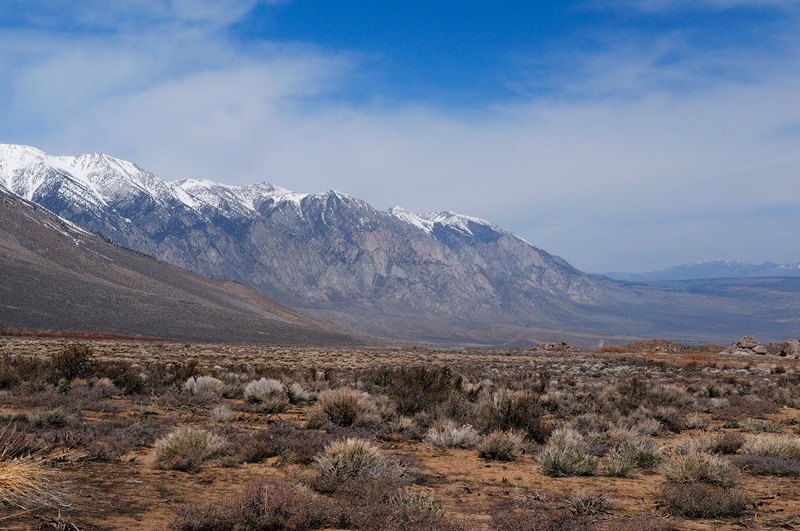
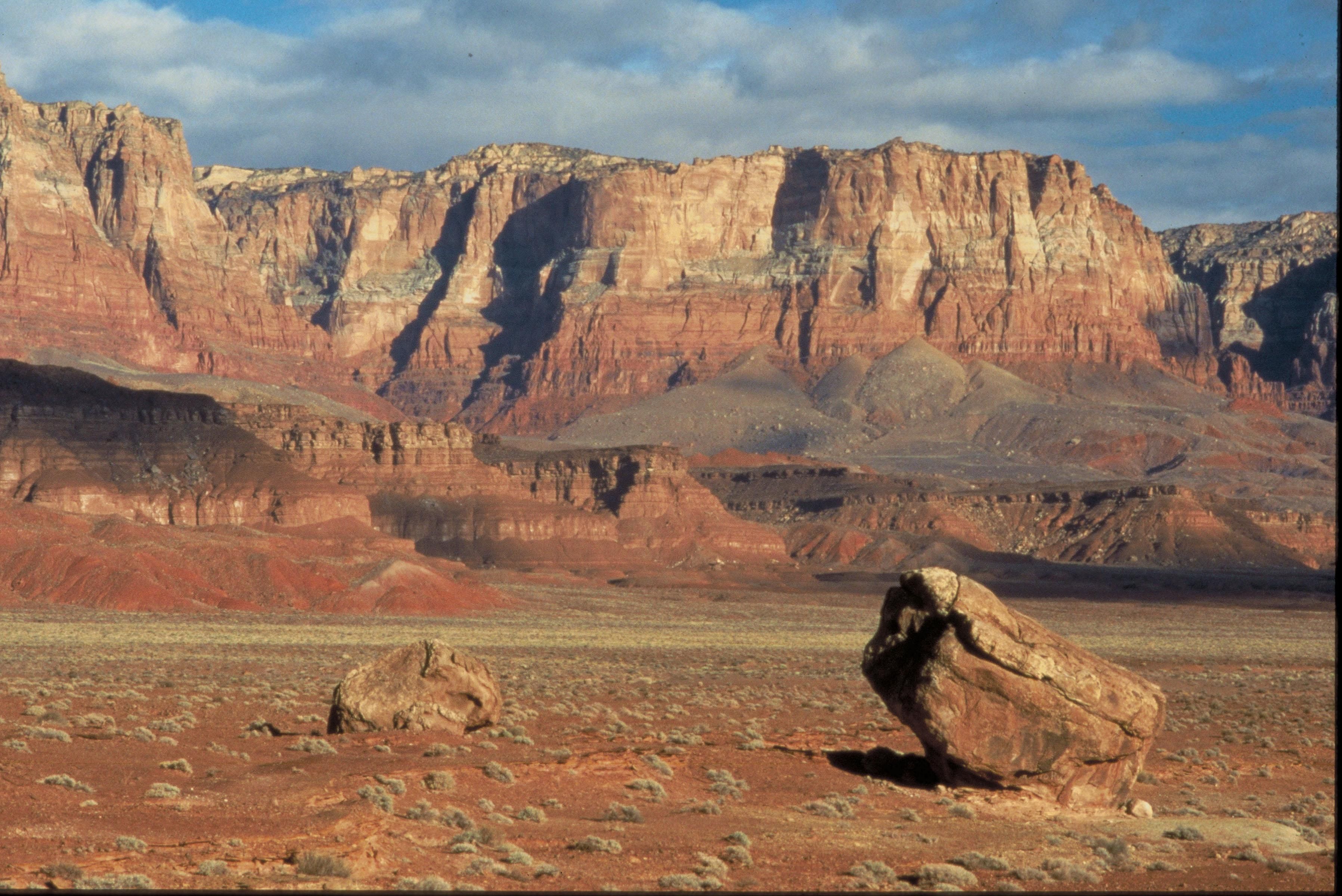

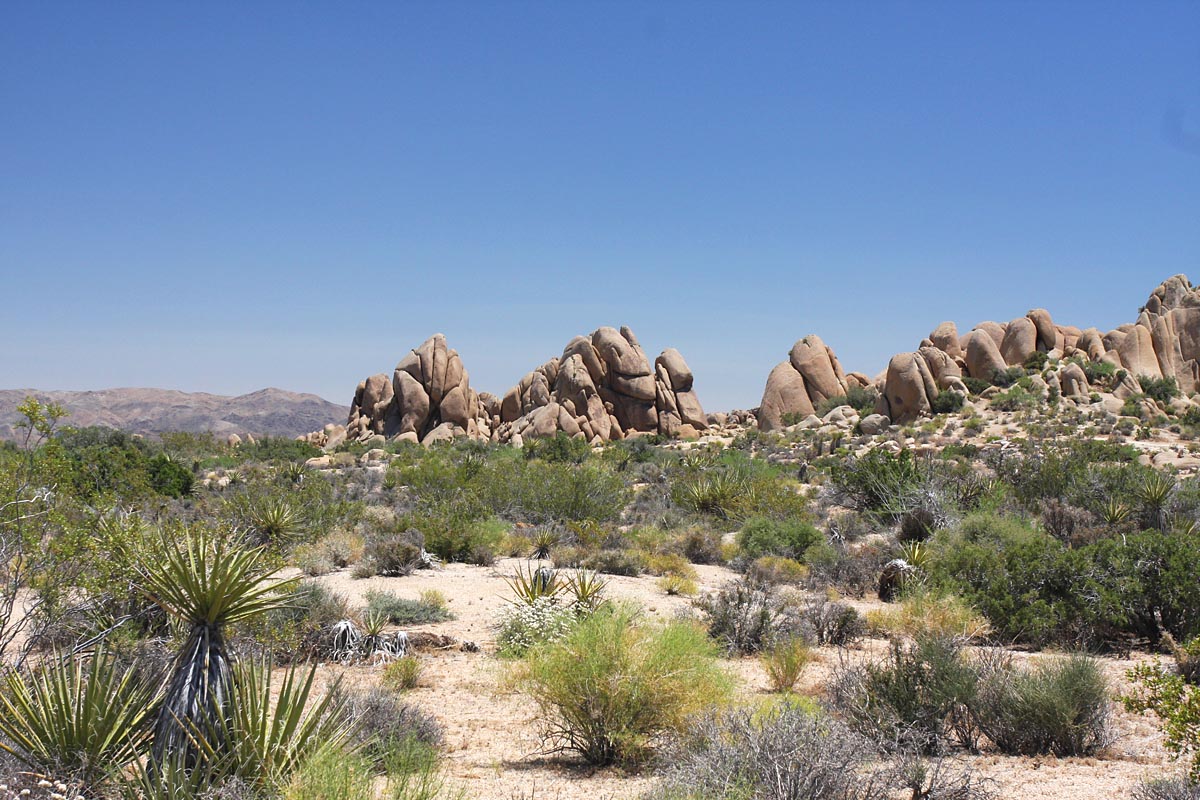
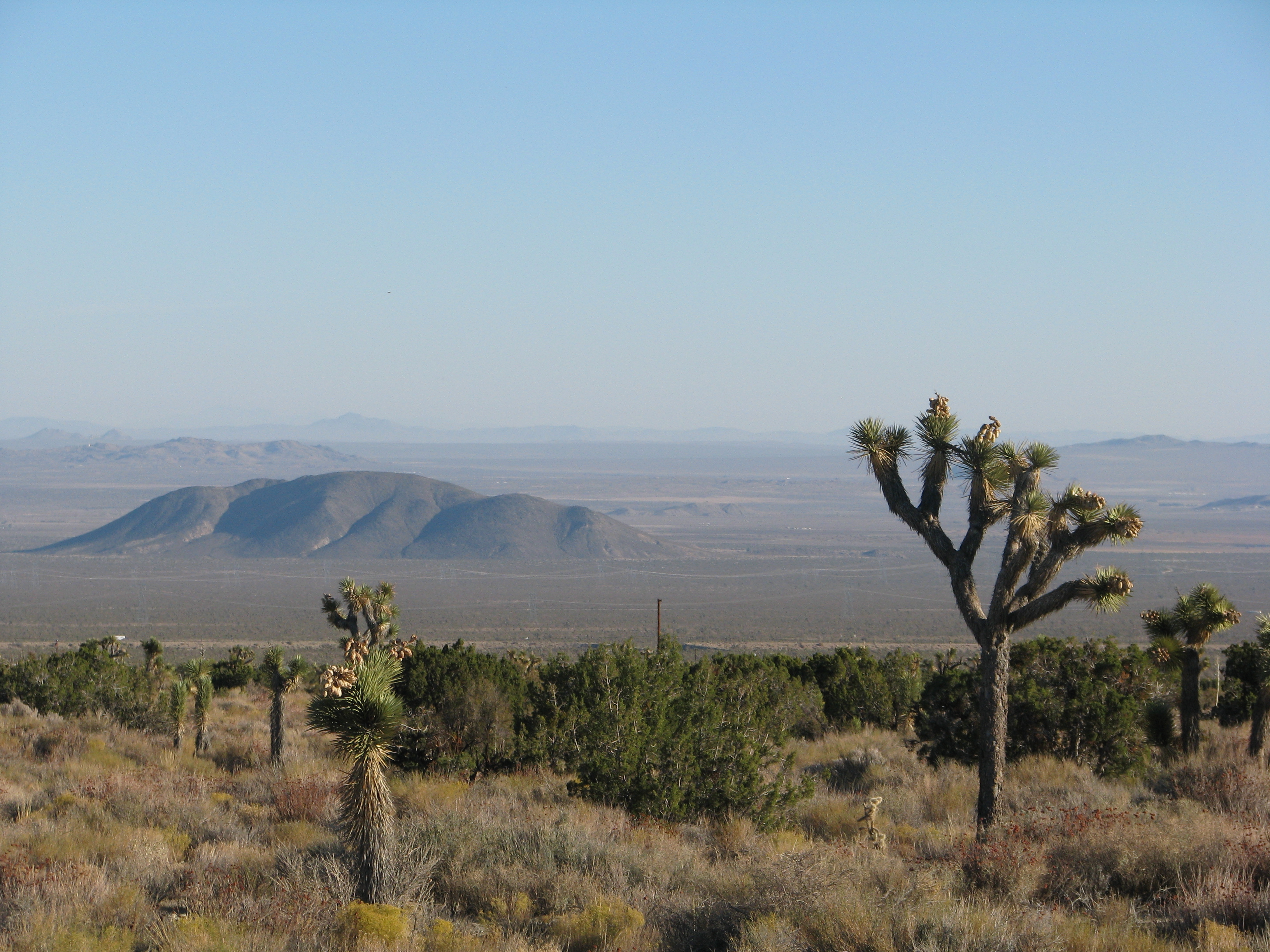
Do you have a point or are you just going to whine and pout?
Plus, where's a better place to put solar panels?
I was not aware that the eco-nuts actually care that much about people, as much as "biodiversity" and saving the spotted owl. Eco-nuts tend to only care about people, when they see a way to use that to their own advantage.
If we follow the eco-nut agenda of preventing damage to the Earth.... then we can't put the solar panels anywhere, because no matter where they are put, they will have a negative effect on the "environment" (especially when you deem all human activity as bad).
If on the other hand, you are building your premise that we MUST use solar panels, and therefore we MUST place them somewhere.... well then yeah, the desert would be the best possible location. I would agree with that.

